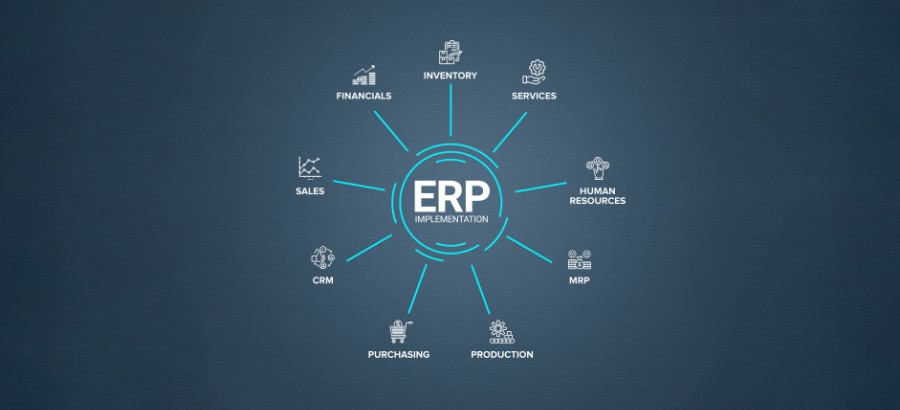We have previously discussed how an ERP system can help a business, and also provided some suggestions on how to select an ERP solution. But if you have read some of the stories about ERP project problems you might wonder if it is worth the risk. The answer to this is twofold.
- The reports on ERP project failure mainly refer to large organizations implementing fairly large projects, and are not representative of projects undertaken by small- and mid-size businesses.
- It’s how you approach the implementation that is a significant determinant of success or failure.
So where and how do you start?
The lead up to an ERP project is a good time to consider Eli Goldratt’s Theory of Constraints Thinking Processes, which is a set of tools to help organizations identify what can be done to significantly improve any business system. By the time you start the project you should have dealt with the question “Why change?” Now you need to look at the other questions:
- What to change?
- What to change into?
- How to cause the change?
A number of organizations might think that all they need to change is their business system, when in reality they will probably also change and streamline processes, and realign roles and responsibilities. Therefore I recommend the following steps.
1. Do a business process blueprint.
To answer those “what” questions you need to understand the processes that operate in the business. A process blueprint provides a graphical view of the way processes work, who is responsible for the processes, and the interaction between different roles. It also helps by creating a view of the business that both IT and business can understand and discuss – a common, visually-based language. From the blueprint you can see more clearly what might need to change (e.g., in terms of streamlining processes), and with a decent blueprint tool you can try out different changes to see what might be most appropriate. The blueprint enables you to identify solution gaps and define integration points between IT solutions.
2. Check that the key project issues are covered
Evidence from many projects shows that there are four main factors that create project problems, and so mitigating them will improve the chances of project success.
Main causes of project problems |
How to mitigate them |
| Unclear objectives and poor focus | Focus on strategy, involve stakeholders and define project teams responsibilities and accountability |
| Changes in project scope | Ensure project team and all affected staff are aligned to work towards common project goals |
| Lack of appropriate skills | Ensure appropriate skills are available |
| Unrealistic schedules and poor planning | Have a good project manager |
3. Plan the project in phases
The implementation project plan describes how the transition from current state to envisaged future state will occur – it addresses “how to cause the change?” Plan the project in phases and implement over time, for several reasons.
- It’s easier to estimate and manage the budget for a smaller set of tasks than it would be for a ‘big bang’ type of approach
- It restricts the impact of the change to a smaller number of people, which means disruptions to everyday work can be minimized
- Showing rolled-out wins will keep people motivated
4. Make sure change management is included
The biggest cause of failure in IT projects is not software, it’s ‘wet-ware’ (people). Resistance to change can block even the most perfect plans, so building active consensus and buy-in is crucial. Forrester Research offers the following steps.
Lastly, although you may have undertaken a thorough business process analysis, and done the proper project planning, be prepared for unexpected complications that occur during roll-out. This is especially true for manufacturing businesses with complex processes, and where integration with other manufacturing applications is needed. If, however, you have done the upfront work, you will be in a position to handle these complexities without seriously impacting the project or the business.
What is your experience with starting an ERP project? Have you got any other tips to add?








